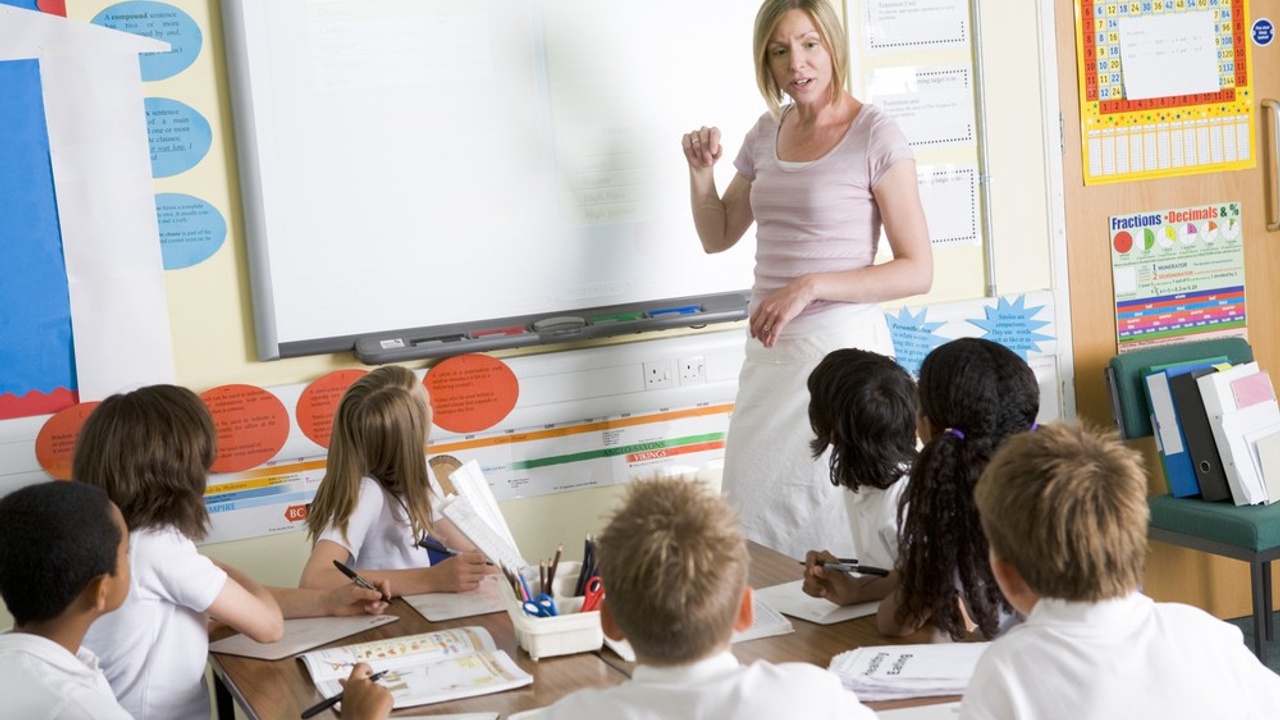By Dr Jeremy Koay
A limited view
In literature classes, a common focus for reading is aesthetic appreciation of a particular text. However, the focus of reading in an ESOL classroom tends to be on finding information. This focus in the ESOL context reflects an emphasis on the literal meaning of a ...
By Dr Jeremy Koay
A limited view
Conversations are generally thought of as casual informal chats which are primarily used to build rapport. However, conversations can take place in a more formal context and can have a variety of purposes, including persuading, demonstrating expertise or negotiatin...
By Dr Jeremy Koay
Using songs in language classrooms is not a new idea. They are generally used to practise listening and spelling skills. For example, words from a song are left out and students are expected to fill in the blanks while listening to the song. Ideally, students write the correct wor...
By Dr Jeremy Koay
Critical thinking is widely agreed on as an important component in language classrooms. But what is critical thinking? Yang and Gamble (2013, p. 398) state that critical thinking involves at least four skills:
- metacognition (awareness of one’s own thought processes)
- logically ...
By Dr Jeremy Koay
Most of us would agree that innovation is a result of imagination and creativity. How can language teachers and parents encourage children to be more imaginative and creative when reading stories? Consider these six ideas.
1. Connect with your experiences
Go beyond comprehension...
By Dr Jeremy Koay
Technology is becoming more common in facilitating and promoting language learning. Online interactive language courses now allow both individual and group learning. Language learning apps, such as LinguaLift, Memrise and Duolingo allow individuals to learn and develop their langu...
By Dr Jeremy Koay
Stories, either written or spoken, are part of our everyday experience. You have read or heard stories that make you laugh, that awaken your curiosity, that inspire; as well, of course as the boring ones!
Most parents and teachers are aware of the benefits of reading storybooks t...
By Dr Jeremy Koay
In countries where English is not a mainstream language, many children learn English as a Foreign Language (EFL).
One of the challenges that some parents in EFL environments report is that they are not able to teach their children English due to their own limited English language...
By Dr Jeremy Koay
A limited view
Traditionally, assessment has focused on testing students’ knowledge and skills. In this approach, teachers evaluate students’ learning based on end products, such as assignments and test answer scripts. This approach does not encourage learners to monitor their ow...
By Dr Jeremy Koay
A limited view
Plagiarism is generally understood as copying words from a text without acknowledging its source. However, the working definition of plagiarism is less straightforward, and is influenced by both personal views of the concept, and institutional and disciplinary expe...
By Dr Jeremy Koay
A limited view
Fluency is often associated with the ability to perform a task quickly, smoothly and effortlessly, as Jiang (2016) summarises. However, this aspect of language should not be considered in isolation from other aspects, such as topic familiarity, vocabulary and the c...
By Dr Jeremy Koay
A limited view
The Critical Period Hypothesis claims that an optimal period for language acquisition exists and that this period ends at puberty (Abello-Contesse, 2009). Studies that adhere to this hypothesis typically focus on pronunciation and grammar, as DeKeyser (2000) summar...
By Dr Jeremy Koay
A limited view
Blended learning is often defined as the combination of traditional face-to-face learning and online learning experiences (Garrison & Kanuka, 2004). Some critics of this model say that there are risks involved when contact hours between students and teachers are re...
By Dr Jeremy Koay
A limited view
Viewing politeness as a universally accepted norm is an incomplete or even misleading understanding of the concept. In fact, research in the early development of politeness theory, such as that of Brown and Levinson (1987), has been criticised for its lack of consi...
By Dr Jeremy Koay
A limited view
Discussions in Second Language Acquisition (SLA) tend to focus on variables that pertain to the individual rather than the social context (Peirce, 1995). This is seen in ways that learners are described: motivated or unmotivated, introverted or extroverted, or high...
By James Jenkin
The biggest headache for teachers is when students don’t understand instructions. Running around a class of fifty, clarifying what to do, is not fun.
The first step is to take instructing seriously. Clear instructions are the only way to ensure the class runs smoothly, and is produ...
By Dr Jeremy Koay
A limited view
Children who have issues with reading are sometimes described as poor, reluctant, or struggling readers (Jalongo & Hirsh, 2010). These descriptions tend to focus on children rather than their reading problems.
While it is important to focus on strategies to help c...
By James Jenkin
Here are four easy ways to make lessons much more effective and engaging. They’re easy, and they work!
1. Bring visuals and realia to every class
Pictures and real objects are interesting and meaningful. They engage the senses, and bring the real world into the classroom.
Don’t i...
By James Jenkin
We’ve all heard of ‘methods’: for example, the Berlitz Method, which aims to recreate the way we learn our first language through listening, repeating and speaking; and the Callan Method, which claims it can develop native-like language habits using scripted, high-paced teacher-stud...
By Dr Jeremy Koay
A limited view
The central tenet of speech act theory is the idea that humans use language to perform a communicative action, such as to greet or invite someone, or to offer something (Searle, 1969). However, traditional approaches to language teaching tend to focus on form and ...





















